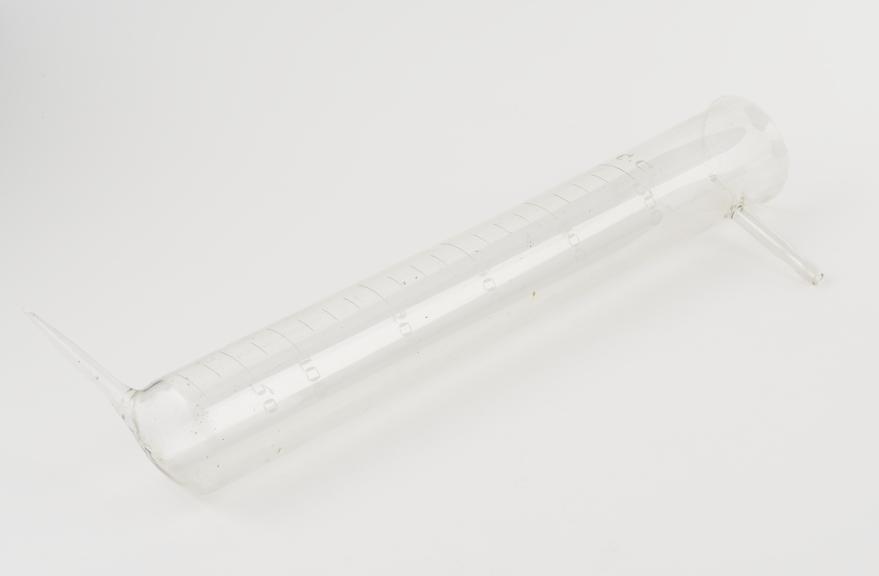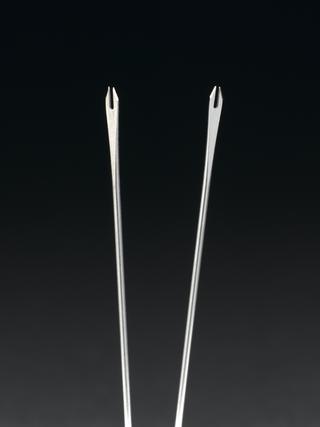
A Kimpton's blood transfusion apparatus
- Made:
- 1913-1918 in unknown place

Kimpton-Brown apparatus, for the collection and administration of blood for transfusion, no maker marked, 1913-1918. Flasks of this type were used for indirect blood transfusion during the First World War.
The development of effective blood transfusion techniques and technologies have resulted in the saving of countless lives. Transfusion revolutionised the nature and effectiveness of emergency medical interventions as well as allowing for long and complex surgical procedures which would otherwise be untenable.
Many of the earliest attempts at blood transfusion involved direct techniques – whereby blood from a donor flowed directly into the recipient. This apparatus designed by American physicians A.R. Kimpton and J.H. Brown in 1913, was perhaps the most effective early means for indirect transfusion – meaning blood could be collected from a donor and then taken nearby to where the patient was waiting. The problem of blood clotting was temporarily delayed by coating the entire surface of the flask with a layer of paraffin. Sealed with a rubber bung, the blood-filled flask could be administered to the patient via the pressure created by pumping a rubber bulb that would have been attached to the upper glass inlet tube. Such flasks were used during the First World War (1914-1918), but were superseded by more sophisticated apparatus that used citric acid to preserve the donated blood for longer.




